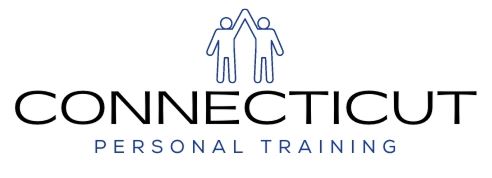The world of fitness and nutrition have evolved so much within the last decade, and with some ideas that have stayed and some have gone. With regard to the twin of exercise, nutrition, we have so many choices laid out to us from every corner. We have seen Atkins, Counting Calories, South Beach, Paleo, and so many more of these fad diets, or not so fad diets, pass by us like the latest smartphones. Why haven’t these diets stayed around long enough? Well truth is not one thing works for everyone. Can you relate a time where you may have been on one of these diets, and it didn’t work for you but it did for someone else? How did that make you feel? Upset I bet, but also a lot of other factors weigh in on a person’s fat loss over another’s. Do not get disheveled just yet because we may have a solution to our dietary problems! From a personal trainer in Connecticut to you, let us talk about macronutrients instead!
There are three macronutrients found in every single food item we put into our body; which are proteins, carbohydrates, and fats. The macronutrients are ways that our body gets energy, and our body needs all three macronutrients to enable proper bodily growth and repair. Proteins are large molecules that consist of amino acids that the cells in our body use to function. Carbohydrates are the sugars, starches and fibers, found in food products like milk, fruits, and vegetables. Carbohydrates are broken into several categories like simple (monosaccharides, and disaccharides), and complex (polysaccharides). The difference between the two is how quickly our body digests and absorbs these types of sugars with simple being the quickest, and complex being the slowest. The last macronutrient is fats, and let’s not be scared about them. Fats are a concentrated energy source containing essential fatty acids, EFA’s for short. Also there are different types of fat with the most common being saturated and unsaturated fats. .
From a Top Personal Trainer perspective, how should one implement these macro’s into the one’s diet?
In simple terms our body can be divided between fat mass and lean mass. Lean mass would consist of our bones, organs, and tissues. Fat mass will consist of well, fat. In order to find the proper amount of macros our body will need we need to know how much our lean mass is. There are several calculators online, and if you have an Omron machine you can definitely use one of those. When you find out how many pounds of fat vs lean mass you have, then you have one gram of protein and carbohydrates for pound of lean mass, lastly you are ready to start dividing up the macros into your daily meals. Or even simpler, a general guideline for macronutrients can be as followed; 50-70% Carbohydrates, 20-30% Protein, 10-15% Fat. Let us dig into an example.
For the first method, if you had a lean mass of 150 lbs then you would divide 150g between the number of meals that you plan on eating that day. So if you were going to eat 5 meals in that day you would end up with 30g of protein and carbohydrates for each meal.
The second method requires you to pick a percentage amount of macros, by having your lean mass multiplied by the percentage. First determine the percentage amount for each macro, and make sure you do not go over 100%. Then you would just multiply each percentage amount by your lean mass. Example for carbohydrates; if I was 150 lbs of lean mass and decided on 50%, I would multiple .5 by 150lbs and get 75g of carbohydrates. Then repeat the process for proteins and fats and fill in the rest with fat.
So why is this way of counting better than counting calories? Well if you were to count calories, all that would be required of you is to read the nutrition label and make sure you do not go over your calorie limit. Simple, but that means you can eat junk food and snacks that aren’t good for you and reach your calorie limit quickly. This will quickly lead to improper nutrition intake, and will lead to over-eating.
Macros allow us to be flexible, but when we count macros instead we are getting the proper nutrition that our body needs and will make sure it has the proper energy to function.
To learn more from our Top Personal Trainers in CT about nutrition, contact us personally and click here!



